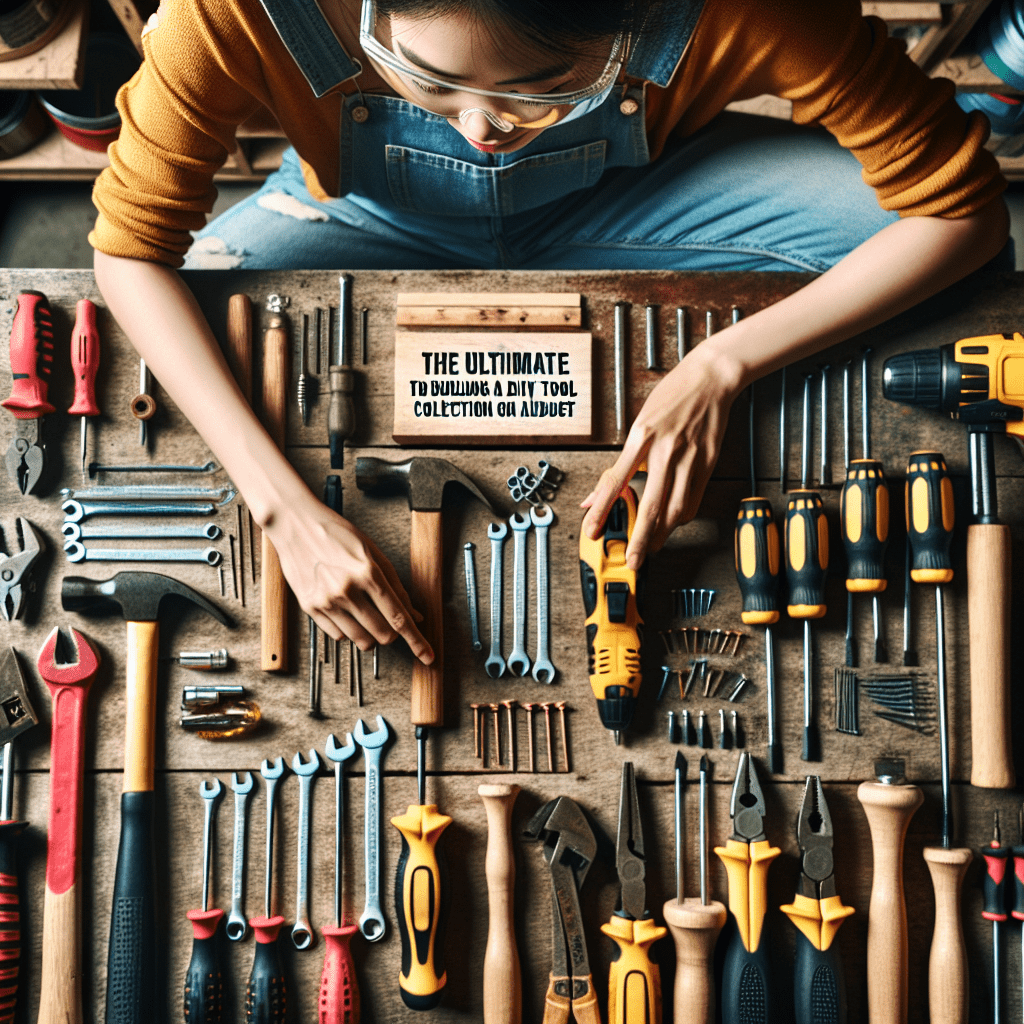Building a DIY tool collection can be an exciting and rewarding experience, but it can also be expensive. However, with a bit of planning and smart shopping, you can create a comprehensive tool collection without breaking the bank. In this article, we will provide you with the ultimate guide to building a DIY tool collection on a budget.
1. Assess Your Needs
Before you start purchasing tools, take some time to assess your needs. Consider the types of projects you typically work on and the tools required for those projects. Make a list of the essential tools you need to complete your projects effectively.
2. Set a Budget
Once you have identified your needs, it’s time to set a budget for your tool collection. Determine how much you can afford to spend on tools and stick to that budget. Look for deals, discounts, and sales to maximize your budget and get the most value for your money.
3. Start with the Basics
When building a DIY tool collection on a budget, it’s essential to start with the basics. Invest in foundational tools that are versatile and can be used for a variety of projects. Some of the basic tools you may need include a hammer, screwdrivers, pliers, tape measure, level, and a utility knife.
4. Consider Quality Over Quantity
When purchasing tools, prioritize quality over quantity. It’s better to have a few high-quality tools that will last a long time than a large collection of low-quality tools that will need to be replaced frequently. Look for reputable brands known for their durability and performance.
5. Shop Smart
To stretch your budget further, shop smart when buying tools. Look for sales, promotions, and clearance items to get the best deals. Consider buying used tools or borrowing them from friends or family members. You can also check online marketplaces for discounted tools.
6. Organize Your Collection
Once you’ve started building your DIY tool collection, it’s essential to keep it organized. Invest in a tool storage system that allows you to keep your tools neatly arranged and easily accessible. This will help you save time and prevent you from buying duplicate tools.
7. Maintain Your Tools
To ensure the longevity of your tools, proper maintenance is crucial. Clean your tools regularly, store them in a dry and secure location, and perform any necessary repairs or sharpening. By taking care of your tools, you can extend their lifespan and save money in the long run.
Conclusion
Building a DIY tool collection on a budget requires careful planning, smart shopping, and prioritizing quality over quantity. By following the tips outlined in this guide, you can create a comprehensive tool collection that will serve you well for years to come. Remember to assess your needs, set a budget, start with the basics, consider quality over quantity, shop smart, organize your collection, and maintain your tools for optimal performance.
FAQs
Q: How can I save money when building a DIY tool collection?
A: To save money, look for deals, discounts, and sales, consider buying used tools, borrow tools, and prioritize quality over quantity.
Q: What are some essential tools I need for a DIY tool collection?
A: Some essential tools include a hammer, screwdrivers, pliers, tape measure, level, and a utility knife.
Tip
Investing in high-quality tools may seem expensive upfront, but it can save you money in the long run by lasting longer and performing better than cheaper alternatives.
#Ultimate #Guide #Building #DIY #Tool #Collection #Budget
